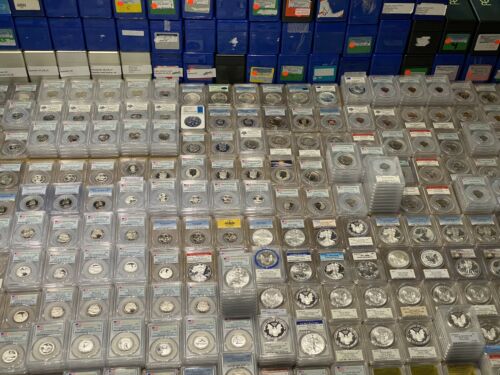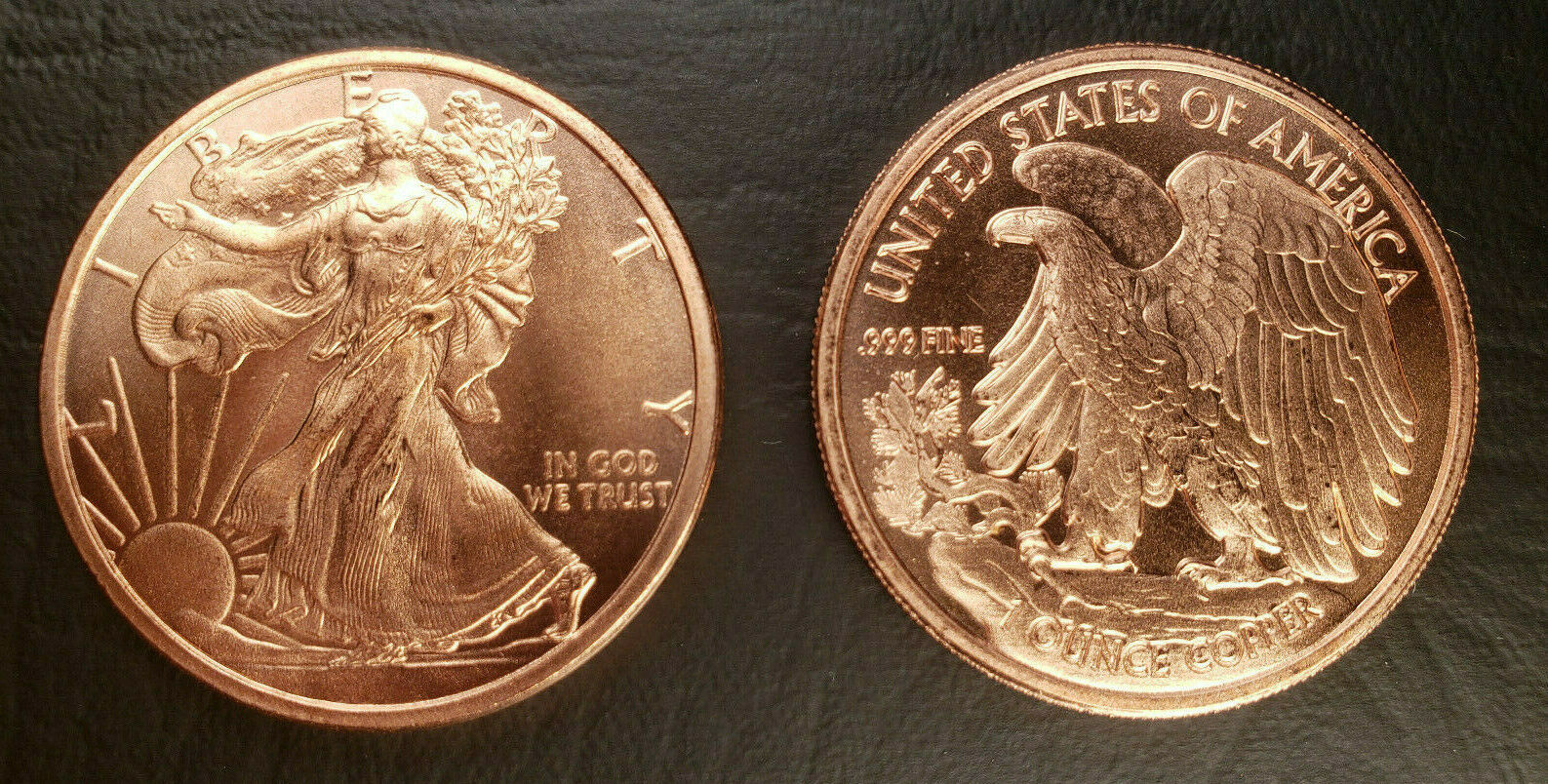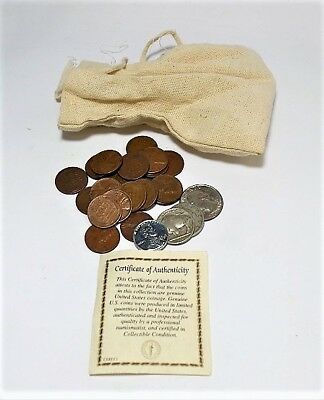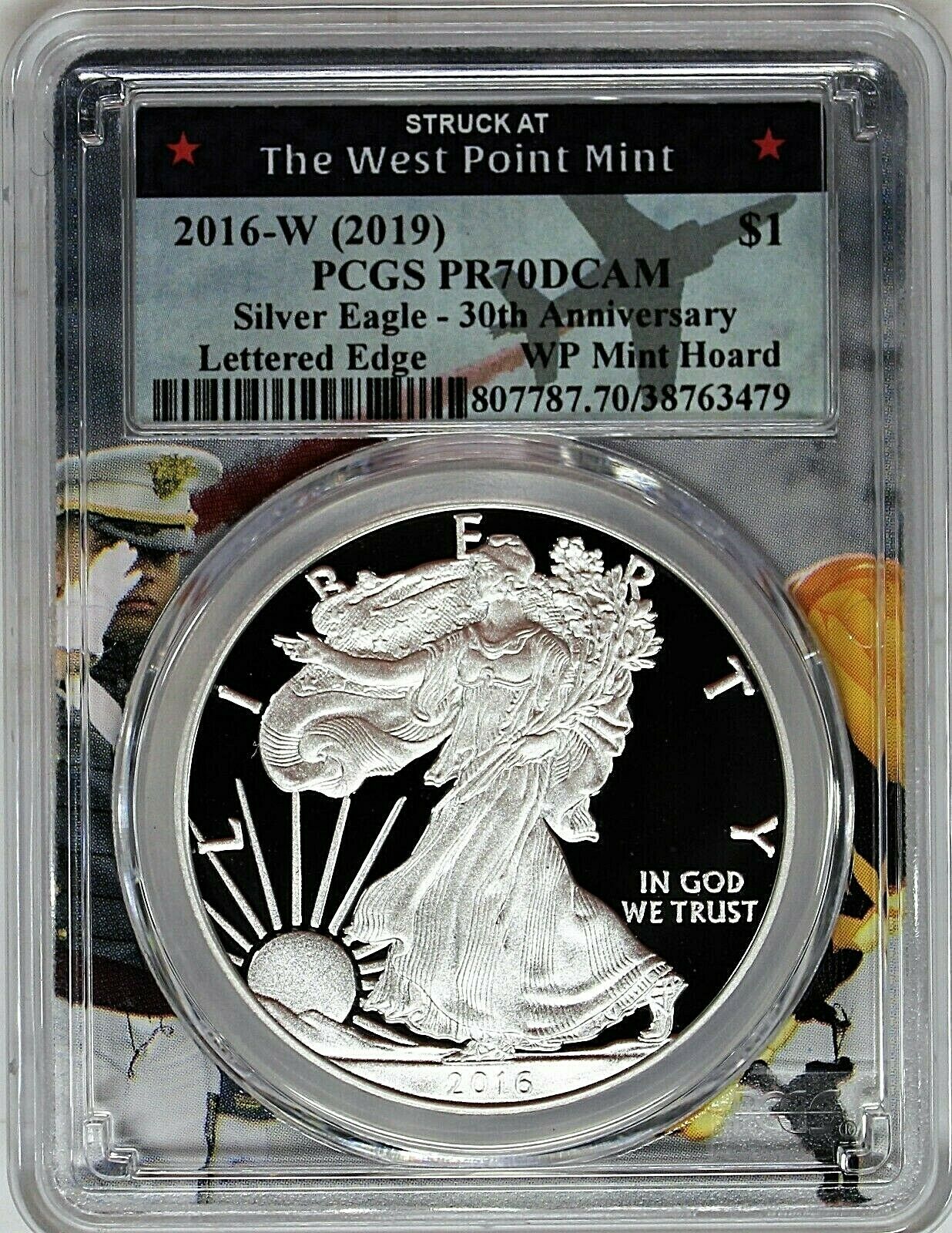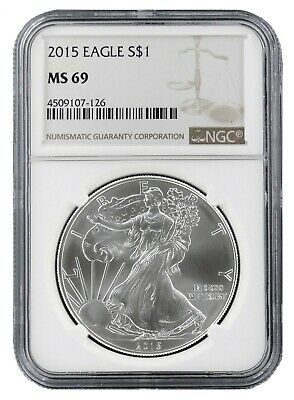-40%
1876 U.S. CENTENNIAL EXPOSITION PHILADELPHIA PENNSYLVANIA BRONZE MEDAL RARE
$ 92.4
- Description
- Size Guide
Description
HK-21 Bronze. Julian CM-10. Approx. 13,000 struckU.S. CENTENNIAL EXPOSITION
1876
PHILADELPHIA, PA
Purpose: To commemorate 100th anniversary of signing of United States Declaration of Independence.
Organization: Our first major multiple-building World's Fair; distinguished by direct Federal sponsorship. After spirited rivalry among larger cities, Congressional Acts 1871, 1872 settled issue; also created Centennial Commission on which all states and territories represented, and Board of Finance to work with Exposition Company; latter chartered locally, stock certificates sold to public. City granted ,000,000; state and Congress over ,000,000.
The United States Centennial Medals were struck from 1874 through 1877 when the dies were destroyed. The obverse displays an image of Liberty with a sword in her right hand. Her left hand stretches heavenwards towards thirteen stars. The legend reads, “THESE UNITED COLONIES ARE, AND OF RIGHT OUGHT TO BE FREE AND INDEPENDENT STATES; 1776.” The reverse displays a wreath. Inside and outside of the wreath the legend reads, “BY AUTHORITY OF THE CONGRESS OF THE UNITED STATES; IN COMMEMORATION OF THE HUNDREDTH ANNIVERSARY OF AMERICAN INDEPENDENCE 1876.” Medals were sponsored and issued by the Centennial Board of Finance and authorized by the 43rd Congress.
Site: Portion of Fairmount Park, 236 acres, presented "free of all expense" by city. Of 167 buildings erected, only one was permanent. Built of "granite, glass and iron," Memorial Hall became Philadelphia's Museum of Art.
Dates, Attendance: May 10-Nov. 10, 1876; officially "opened" by President Grant. Attendance almost 10,000,000; over 8,000,000 paid.
Participants: All states and territories and 49 foreign countries represented; 26 of former and some of latter erected own buildings. Exhibitors numbered 30,000; many Federal displays included Mint Exhibit.
Comment: Our first "international exhibition of the arts, manufactures and products of the earth" proved to American citizens and foreign visitors alike that U.S. had "grown up...able to takes its place among nations of the world in commerce and industry." With 71 acres under roof, architecture was of "gingerbread" type, its influence still felt in older sections of some cities. Multiple-structure approach, as opposed to single large building, followed new European plan. Exposition emphasized machines and mechanical progress; "served as inspiration for decades" for industrial expansion. Alexander Graham Bell exhibited his telephone for first time. Aesthetically, America was electrified by display of work of world's artists. Previously, material problems concerned our young nation; art playing no significant part in American life. With this awakening, numerous art schools and societies sprang into being; there was rush of American students to Paris. Total impact on our cultural life was remarkable and permanent.
Medals: Official Medals sponsored and issued in two sizes by Centennial Board of Finance; authorized by 43rd Congress. Large size precluded from listing here. Of issues below, Silver was struck in Mint Exhibit on grounds, sold for ; Bronze and Gilt pieces struck at Philadelphia Mint, sold for 50 cents each. Dies were destroyed when exposition closed. See separate listing, Part I, for Nevada Dollar--1876.
HK-20 Silver. 38mm. Julian CM-10. 10,133 struck.
HK-21 Bronze. Julian CM-10. Approx. 13,000 struck.
HK-22 Gilt. Julian CM-10. Approx. 10,500 struck.
HK-22a White Metal. 3 known.


